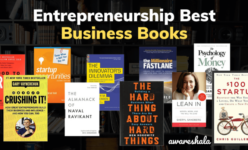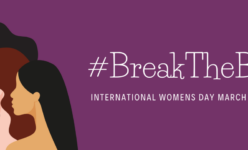
Why Storytelling Matters
People remember stories far more than facts or figures. A well-crafted story evokes emotion, engages the audience, and makes a brand more relatable. Whether through an advertisement, a social media campaign, or a brand’s origin story, companies that leverage storytelling create a lasting impact.
Successful storytelling in marketing involves more than just words—it combines visuals, emotions, and messaging that align with the audience’s aspirations and experiences. A brand’s story should resonate with its audience, build trust, and create a sense of belonging.
Elements of Effective Brand Storytelling
Emotional Connection: A great brand story taps into emotions. Whether it’s nostalgia, hope, or inspiration, stories that provoke an emotional response are more likely to be remembered and shared.
Clear Narrative: A strong marketing story follows a structure—beginning, middle, and end. It should introduce a problem, present a solution (the brand’s product or service), and end with a resolution that leaves a lasting impression.
Relatability: The most effective stories make the audience feel seen and understood. When brands align their narratives with their audience’s values and aspirations, they build a stronger sense of community and loyalty.
How Brands Use Storytelling to Influence Consumer Behavior
Companies like Apple, Nike, and Dove have mastered the art of storytelling by focusing not just on their products, but on what those products represent. Apple’s marketing is built around innovation and creativity, Nike’s campaigns champion determination and overcoming obstacles, and Dove promotes self-acceptance and empowerment. These brands sell emotions, values, and lifestyles—far beyond their physical products.
Storytelling in marketing is not just a strategy; it is an essential component of brand identity. Businesses that harness the power of storytelling don’t just market their products—they build relationships, inspire action, and leave a lasting imprint on their audiences.
Author: Nadine Spencer
Strategic Marketing Executive | CEO, BrandEQ | Founder, Boss Women Entrepreneurship Training Program



























